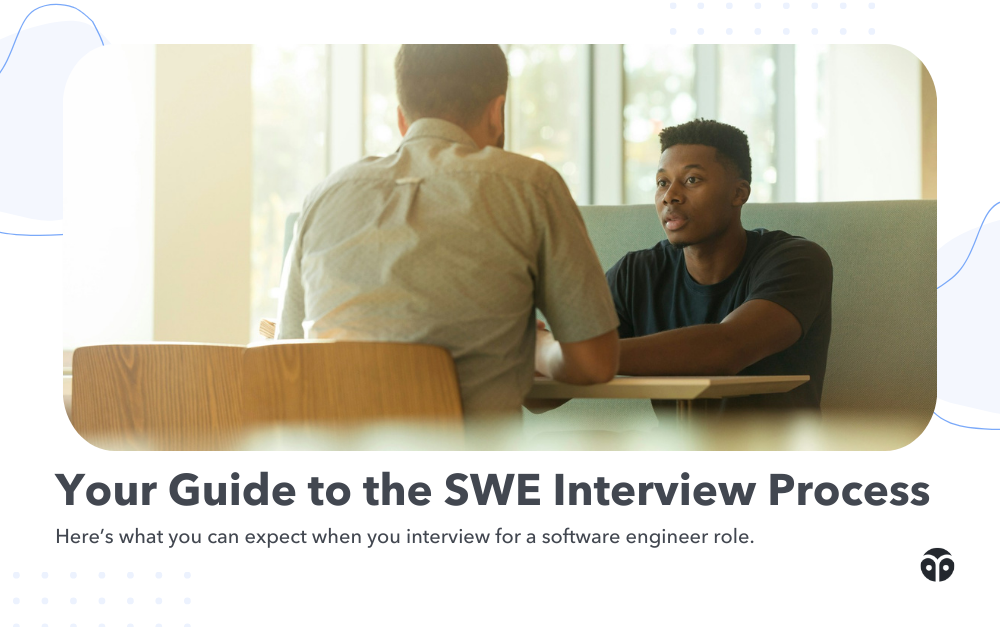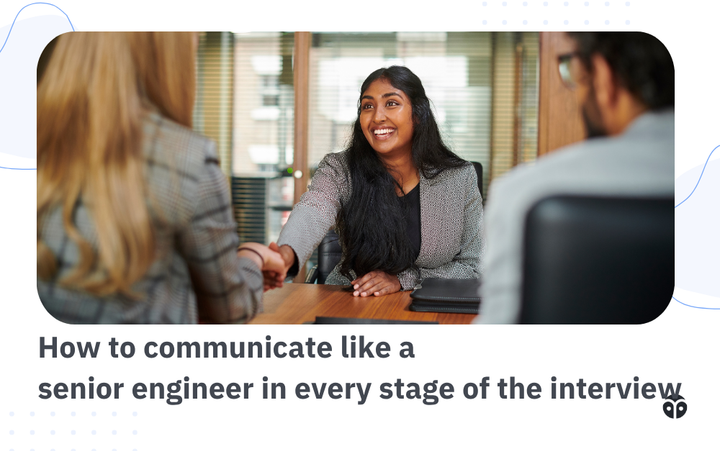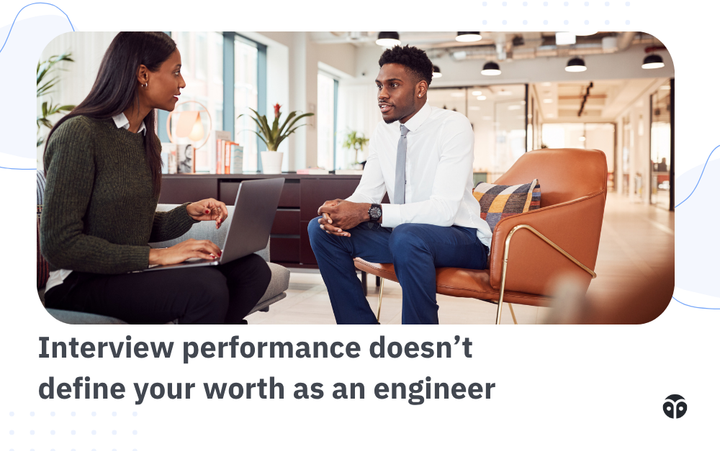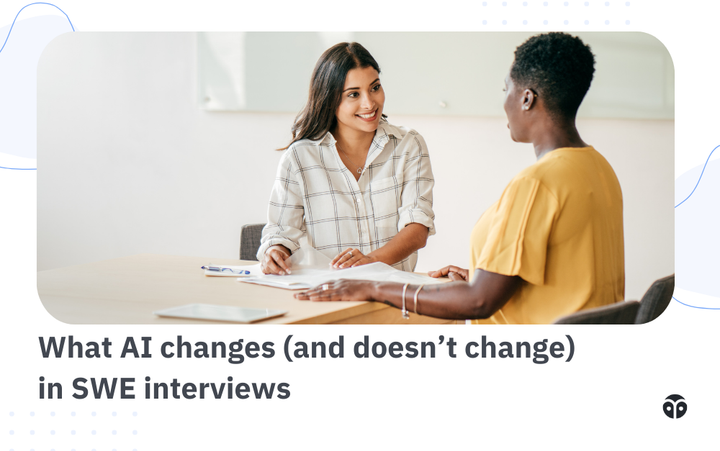Understand the interview process for software engineers
Here's what you can expect during the interview process for software engineers.

The interview process for software engineers can be quite rigorous, especially at big tech companies. Although the process can vary to some extent (including more or fewer steps) depending on where you apply, there are common stages that every candidate can expect to encounter.
Here’s what you can expect as a candidate for a software engineering role.
1. Application Review
Most people are familiar with how the interview process starts. Interested job seekers will submit an application, usually online, which includes a resume, cover letter, and sometimes a portfolio of work or LinkedIn profile.
HR personnel or recruiters screen the applications to find candidates whose skills and experience match the job requirements. Finding ways to stand out as a job seeker is critical, especially in a competitive job market.
2. The recruiter screen
After the initial application review, someone from the company will reach out to promising candidates for a phone screen. This might be conducted by a recruiter or someone from HR and typically covers basic qualifications, interest in the position, salary expectations, and availability. It's a chance for the company to get a first impression of the candidate and for the candidate to learn more about the role and the company.
Sometimes, candidates who pass the phone screen are given a technical assessment. This could be a coding test, take-home assignment, or project demonstrating their ability to perform the job's essential functions.
3. Key technical and behavioral interviews
Candidates who perform well in the initial screens are usually invited for one or more technical interviews. Usually, the first round is a technical phone interview or an online technical assessment. These interviews are conducted by software engineers or technical leads and often involve coding exercises, algorithmic questions, system design discussions, and technical problem-solving tasks. The goal is to assess the candidate's coding skills, logical thinking, and ability to work through technical problems. The interviewer may use tools like CoderPad to watch a candidate code in real time.
Alongside or after the technical interviews, candidates also have a behavioral interview. This interview assesses the candidate's soft skills, cultural fit, teamwork, communication skills, and how they handle various work situations. Questions often follow the STAR (Situation, Task, Action, Result) format, asking candidates to describe past experiences and how they dealt with specific challenges.
4. The on-site
On-site interviews usually happen after the candidate has passed initial screenings, such as resume reviews and phone or video interviews, and they often follow any required technical assessments or coding challenges. How companies conduct on-sites varies. During this portion of the process, candidates are invited to spend a day (or part of it) at the company's office or participate in a virtual on-site interview series, depending on remote work policies.
In general, on-site interviews are designed to give the hiring team a deeper understanding of the candidate's technical skills, problem-solving abilities, and cultural fit within the team and organization.
Here's what typically happens during on-site interviews:
- Technical Interviews: Multiple rounds of technical interviews with different engineers, focusing on coding, algorithms, data structures, system design, and possibly domain-specific knowledge.
- Behavioral Interview: At least one round focused on assessing the candidate's soft skills, such as communication, teamwork, leadership, and problem-solving approach, often guided by the STAR method (Situation, Task, Action, Result).
- Lunch or Break: There might be a lunch or coffee break with a team member, which can be informal but is sometimes part of the evaluation.
5. Hiring committee review
During the hiring committee review, a group of individuals within the company, often from different levels and functions, comes together to evaluate the candidate's qualifications, interview performance, and overall fit for the position and the company. This process ensures fairness, reduces individual bias, and makes a balanced hiring decision based on a collective assessment.
Before the committee meets, all interviewers submit their feedback on the candidate. This feedback includes notes on the candidate's performance in technical assessments, problem-solving abilities, coding skills, system design discussions, behavioral attributes, and cultural fit. The feedback is comprehensive and covers both strengths and areas for improvement. Based on the collective assessment, the committee makes a decision on whether to extend a job offer to the candidate.
6. Offer stage
If the hiring committee approves, the candidate receives an offer, including salary, benefits, and other compensation details. The candidate can then accept, negotiate, or decline the offer.
7. Background check and references
This stage can happen before or after the offer. Here, the company conducts reference checks by contacting previous employers or professional references provided by the candidate to verify work history, performance, and character. They may also conduct a full background check.
Get tailored help with your job search
All Formation Fellows receive one-to-one sessions and feedback from technical recruiters. If you’re having trouble navigating your job search on your own, apply here and get unconditional support from a team of engineering mentors, technical recruiters, career coaches, and more.



